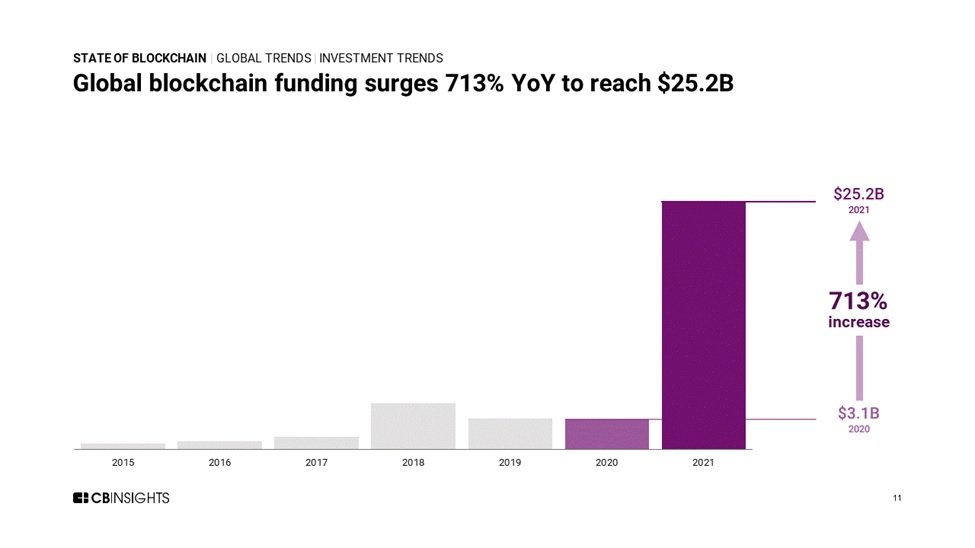i2c president, Jim McCarthy, was recently interviewed by the Tearsheet to provide transactional data and insights on how crypto-backed cards have become one of the world’s fastest-growing card categories. This blog post is republished from a Tearsheet/i2c Inc. interview originally published on Tearsheet.com.
You‘ve probably heard about crypto-backed cards by now.
A crypto-backed card connects a crypto wallet, provided by an exchange like Coinbase, Crypto.com or another crypto-based company, to a card issuing and payment processing platform. This allows cardholders to make crypto payments, both electronically and inperson, through conventional payment networks such as Visa and Mastercard.
The first crypto-backed card in the US was developed by Shift (now known as Apto Payments) in collaboration with payment processing platform i2c and Visa on behalf of Coinbase, which was launched in 2015.
Since then, crypto-backed cards have become one of the world’s fastest-growing card categories. They offer consumer and commercial cardholders a number of benefits such as reduced or waived foreign conversion fees, near-real-time transactions, rewards, and multi currency features that allow them to move between crypto and fiat in a simple and secure way.
i2c is one of the leading global platforms for issuing and processing crypto-backed cards, with over 5 million of these cards running on its platform across 40 countries. The firm recently compiled account and transactional data from these card programs to release a report on crypto-backed cards.
Here are some key findings from the report:
- Crypto-backed cards are not just for Gen Z and Millennials. Demographic data reveals that almost half of crypto cardholders (45%) are over age 35, and 11% are in their 50s and 60s. There are engaged users across all age groups, with some even in their 80s and 90s.
- Crypto card programs are growing much faster on average than traditional cards and have seven times less attrition when compared to non-crypto programs. Cryptorelated accounts grew 1100% year-over-year from March 2020 to March 2021.
- Crypto-backed programs are used in cross-border transactions at a significantly higher rate (28% of all transactions) than traditional, non-crypto programs (10%). Moreover, those transactions represent a higher average dollar volume (21% vs. 14%).
i2c’s president Jim McCarthy says crypto-backed payments are poised to become one of the most disruptive payment technologies and have the potential to change the way that globally oriented consumers and businesses perceive and make payments.
I spoke with Jim to get some more insight into crypto-backed cards and how they are changing the way the industry thinks about payments and cardholders. Here’s my conversation with Jim.
i2c was involved in the development of the first US crypto-backed card for Coinbase back in 2015. Was the idea of a crypto-backed card considered radical back then? And to what extent has the perception towards crypto-backed cards changed since then?
Yes, crypto cards were a radical concept when they first launched as it was the first of its kind. I was at Visa at that time, and I remember that the idea of a crypto-backed card was revolutionary to us. People were still just trying to wrap their heads around the concept of what Bitcoin even was. Most people thought that Bitcoin would be a currency like cash that you could spend at a merchant as there were already a handful of Bitcoin ATMs available. There was even a Bitcoin coffee shop! Effectively, the launch of a cryptobacked card was a recognition of building two-sided networks, and the power of Visa and Mastercard in terms of their acceptance was a vote of confidence. These points are still valid today.
With tens of millions of cards issued and lots of spend, crypto-backed cards are the fastest-growing segment within payment cards. It’s a global phenomenon. Just take Crypto.com as an example. It’s expanded to Singapore, Hong Kong, Australia, and throughout Europe – with many more markets on the way. You could have even coined the Super Bowl this year as the “Crypto Super Bowl”, considering how big players like FTX, Coinbase, and Crypto.com were advertising around it. I would say that in the past five years, crypto cards have certainly moved from revolutionary to commonplace from a market perspective. We‘ve entered a mainstream part of the growth curve now.
Crypto card programs are now growing much faster than traditional cards and have seven times less attrition. What explains this, in your view?
I‘d explain the attrition in a couple of ways. My opinion is that one, crypto card users are still early adopters and believers who are attracted to the space. And as the data shows, the interest in crypto spans across all demographics. Secondly, a lot of these products have strong rewards tied to earning crypto when you spend. It reinforces the early adopter idea that crypto will bring back more valuable returns than travel or entertainment. I believe it’s a combination of early adopters, rich rewards, and value props. As a result, it’s sticky.
Which specific cryptocurrencies do you think consumers are currently using – and will use in the future – to make payments? And to what extent is the high volatility of most cryptocurrencies an obstacle to their widespread use as a means of payment?
I would say that Bitcoin is still the predominant coin. There are so many coins out there that it’s hard to say which one will be the coin of the future. However, I do think that we’ll see more use of stablecoins that tie into an underlying fiat reserve as it removes some of the volatility that’s often associated with cryptocurrency. I view Bitcoin as an asset because it’s treated as such by the taxing authorities. That being said, our studies show that people are spending cryptocurrency regardless – and they‘re spending quite a bit.
We don‘t see a direct correlation between price fluctuations and underlying assets and the willingness of people to spend.
Global blockchain investment trends in 2021
2021 was a breakthrough year for blockchain and crypto firms, with record funding, mega-rounds, and unicorn births. Global blockchain funding grew over 700% year-overyear as investors pumped millions into crypto and NFT startups.
The State of Blockchain 2021 Report from CB Insights digs into global blockchain investment trends over the past year. Here are some notable facts from the report:
Global blockchain funding reached $25.2 billion in 2021 (up 713% YoY)
VC funding to blockchain startups hit new highs in every quarter of 2021, driven by growing consumer and institutional demand for crypto. Blockchain funding accounted for 4% of global venture capital, up from just 1% in 2020. That share is likely to rise in 2022 thanks to emerging crypto, NFT, and Web3 startups.
1,247 blockchain deals, 88% growth
The number of blockchain deals crossed 1,000 for the first time in 2021, almost doubling 2020’s 662. The 2021 total amounts to 5 blockchain deals per business day. 79% of the deals were early-stage, signaling a nascent market of developing companies – and an even stronger funding environment in 2022 as startups mature and find product-market fit.
$15.5 billion in mega-round funding
Mega-rounds of over $100 million were the driving force behind blockchain’s record funding year. The 59 mega-rounds in 2021 accounted for just 5% of total deals but 60% of total funding. The biggest mega-round deals went to crypto exchanges, brokerages, NFTs, gaming, and payments.
47 blockchain unicorns, 40 born in 2021
The global blockchain unicorn count jumped from 9 to 47 in 2021, with 40 unicorn births (and 2 public exits). Over half of blockchain unicorns are based in the US (26), followed by Asia (10) and Europe (5). Crypto exchange FTX leads with a $25 billion valuation. NFT marketplace OpenSea comes in second at $13.3 billion.
US share of global funding is 56%
US-based startups raked in $14.1 billion – more than half of all global funding in 2021. 75% of the deals were in early stages, suggesting the funding surge is still in its infancy. US funding in Q4 2021 grew 104% QoQ to hit $6.3 billion. There were 6 deals worth over $400 million, and the majority of these were Series A or B – another sign of a rapidly developing market.
NFT funding saw nearly 13,000% growth
Funding to NFT startups grew 130 times compared to the previous year to reach $4.8 billion. Gaming, marketplaces, and infrastructure are the three NFT categories driving the funding craze. Investors also believe NFTs have a significant role to play in Web3 and the metaverse.
New York is the crypto capital of the US
New York-based startups raised $6.5 billion – or 46% of all US funding in 2021 – led by massive Q4 rounds from NYDIG ($1 billion) and Celsius Network ($750 million).
Although Silicon Valley had the highest overall VC funding, its blockchain funding was the second-highest at $3.9 billion.
Los Angeles and Miami were tied for third place, each seeing just over $760 million in 2021.



